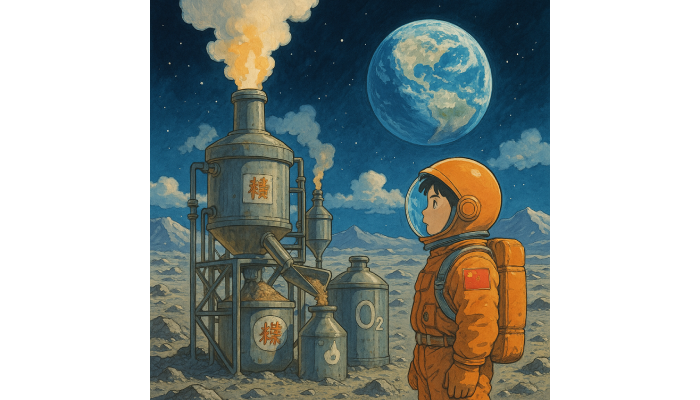China has unveiled a revolutionary lunar soil technology that could redefine the future of deep space exploration by converting moon soil into usable fuel and oxygen. This breakthrough, announced by Chinese scientists, has the potential to make sustainable human life on the moon a reality while drastically reducing dependence on Earth for essential resources.
The innovative process uses a photothermal strategy, harnessing sunlight to extract water from lunar soil and transform carbon dioxide into both fuel and breathable oxygen. Unlike earlier energy-intensive methods, this integrated approach offers a more efficient way to generate critical supplies for astronauts, supporting long-term lunar missions and potential colonization.
Lu Wang, a researcher at the Chinese University of Hong Kong, highlighted the significance of the discovery, noting, “We never fully imagined the ‘magic’ that lunar soil could offer.” With water already confirmed on the moon’s surface, this advancement means future astronauts could fuel spacecraft, produce oxygen, and build sustainable bases directly on lunar terrain, minimizing costly supply shipments from Earth.
While challenges such as the varying composition of lunar soil and the moon’s harsh environmental conditions remain, scientists believe further refinements will enable large-scale fuel and oxygen production, accelerating plans for human settlements on the moon.
This development places China at the forefront of sustainable space exploration, giving the country a leading edge in the global race to establish a permanent human presence on extraterrestrial bodies. By turning the moon’s resources into life-sustaining materials, China is not just advancing space science — it is taking a critical step toward making humanity a multi-planetary species.


